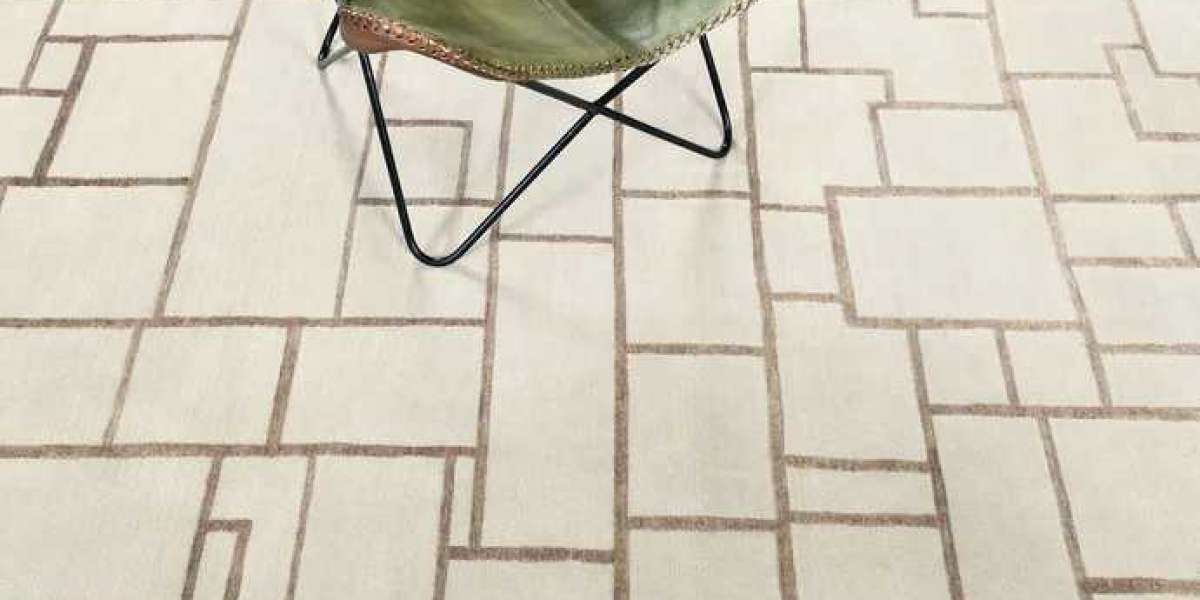Mid-century rugs are an iconic design element that can transform any space into a stylish and timeless haven. Originating from the mid-20th century, these rugs embody the principles of simplicity, functionality, and artistic innovation. Whether you’re looking to enhance your living room, bedroom, or office, incorporating mid-century rugs is a surefire way to add character and charm to your interior design.
The Historical Significance of Mid-Century Rugs
The mid-century modern design movement emerged between the 1940s and 1960s, emphasizing clean lines, organic shapes, and minimal ornamentation. Rugs from this era reflect the artistic trends of the time, often featuring geometric patterns, abstract designs, and asymmetrical compositions. These pieces were not just functional; they were also expressions of creativity and innovation. By adding a mid-century rug to your space, you’re embracing a piece of history that celebrates both form and function.
Key Design Features of Mid-Century Rugs
Mid-century rugs are characterized by their bold yet understated aesthetic. Mid Century Rugs include graphic shapes, muted tones mixed with vibrant colors, and a blend of natural and synthetic materials. These rugs often incorporate elements of nature, such as earthy hues or abstract representations of landscapes. Their versatility allows them to complement various interior styles while maintaining their distinct retro flair.
Choosing the Right Rug for Your Space
Selecting the perfect mid-century rug involves considering factors like size, color palette, and pattern. For smaller spaces, opt for rugs with subtle geometric designs that won’t overwhelm the room. Larger areas can benefit from bold patterns or vibrant colors that create visual interest. Additionally, consider how the rug interacts with your existing furniture and decor—mid-century rugs are particularly effective in tying together eclectic or minimalist interiors.
The Role of Color in Mid-Century Rugs
Color plays a crucial role in defining the aesthetic appeal of mid-century rugs. Popular shades include mustard yellow, terracotta orange, olive green, and deep blues. These colors evoke a sense of warmth and nostalgia while remaining sophisticated. Pairing these hues with neutral tones like beige or grey ensures balance and harmony in your space. Whether you prefer bold contrasts or subtle blends, mid-century rugs offer endless possibilities for creative expression.

Versatility Across Different Rooms
One of the greatest advantages of mid-century rugs is their adaptability to various spaces. In living rooms, they can serve as focal points that anchor furniture arrangements. In bedrooms, they add coziness and texture while complementing modern or vintage furniture. Dining areas benefit from mid-century rugs by creating defined spaces that enhance the overall ambiance. Their ability to seamlessly integrate into different settings makes them a valuable addition to any home.
Maintenance Tips for Longevity
To preserve the beauty of your mid-century rug, regular maintenance is essential. Vacuuming helps remove dirt and debris while preventing wear on fibers. For spills or stains, use gentle cleaning solutions to avoid damaging delicate materials like wool or viscose. Rotating the rug periodically ensures even wear and prevents fading in areas exposed to sunlight. With proper care, your mid-century rug will remain a cherished part of your decor for years to come.
Conclusion
Mid-century rugs are more than just decorative items—they are timeless pieces that embody the essence of retro design while offering practicality and elegance. By incorporating these rugs into your space, you can create an environment that feels both nostalgic and modern. Whether you’re drawn to their bold patterns or muted tones, mid-century rugs provide endless opportunities for enhancing your home’s aesthetic appeal. Embrace this design trend to add warmth, character, and a touch of history to your interiors!











